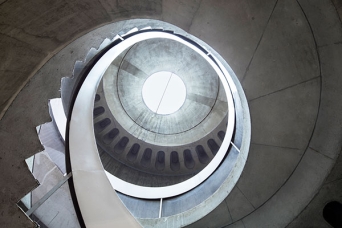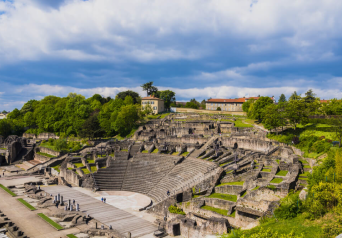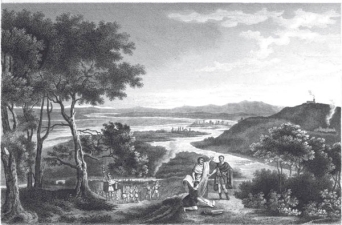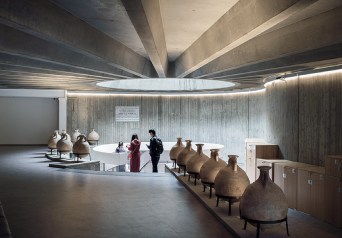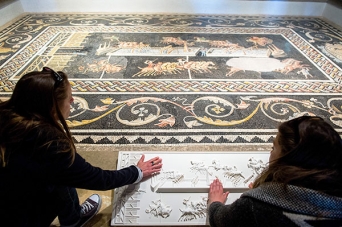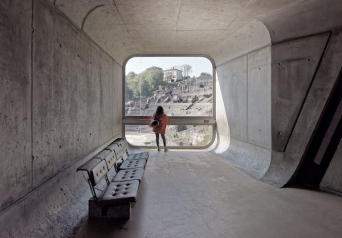La vie du Musée

10 avril 2024
Record de fréquentation !
Vous êtes plus de 100 000 visiteurs à avoir découvert les aventures de Brickius Maximus - L'expo en briques LEGO®.
Un record depuis l'ouverture du m...
Conférence
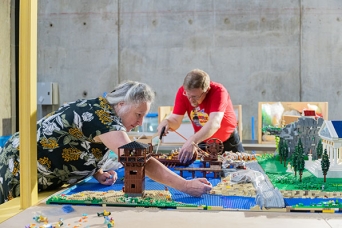
20 avril 2024
Dans les coulisses du travail de la Familia Brickia
Le rendez-vous des p'tits curieux...
Visite

21 avril 2024
Les coulisses de l'exposition " Les aventures de Brickius Maximus"
Kathy et Tom redonnent vie aux monuments antiques grâce à leur univers en briques LEGO®. Découvrez leurs secrets de conception et de montage....
Visite
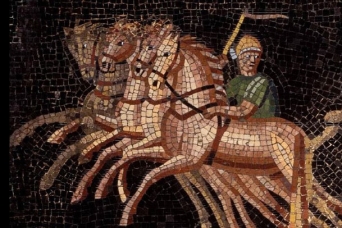
28 avril 2024
J.O. 2024 : il va y avoir du sport !
Quelles sont les pratiques sportives préférées des Romains ? Jouent-ils au foot ou au rugby ? Les athlètes sont-ils célèbres ?...
Conférence

25 mai 2024
La vie des enfants au temps de Brickius Maximus
Comment vivent les enfants à Lugdunum et en Gaule romaine ? Quels sont les jeux ? Filles et garçons vont-ils à l’école ?...
Les événements

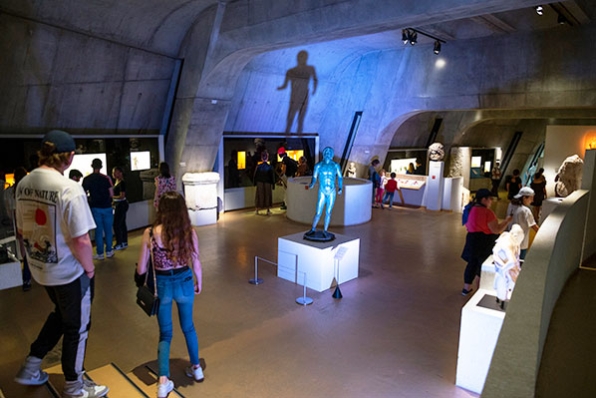
18 mai 2024
Nuit européenne des musées
À l’occasion de la Nuit européenne des musées, des milliers de petites briques s’emparent de Lugdunum pour une nuit qui fait dialoguer Antiquité et LE...


Du 06 oct. 2023 au 09 juin 2024
Les aventures de Brickius Maximus - L'expo en briques LEGO®
Construite autour d’un récit haletant, l’exposition de la rentrée vous embarque dans les aventures d’un légionnaire tout en Lego® !...








Nos collections
Mosaïques, sculptures, créamiques, bijoux, monnaies… Découvrez les trésors de l’une des plus riches collections archéologiques de France !
Tout explorer



